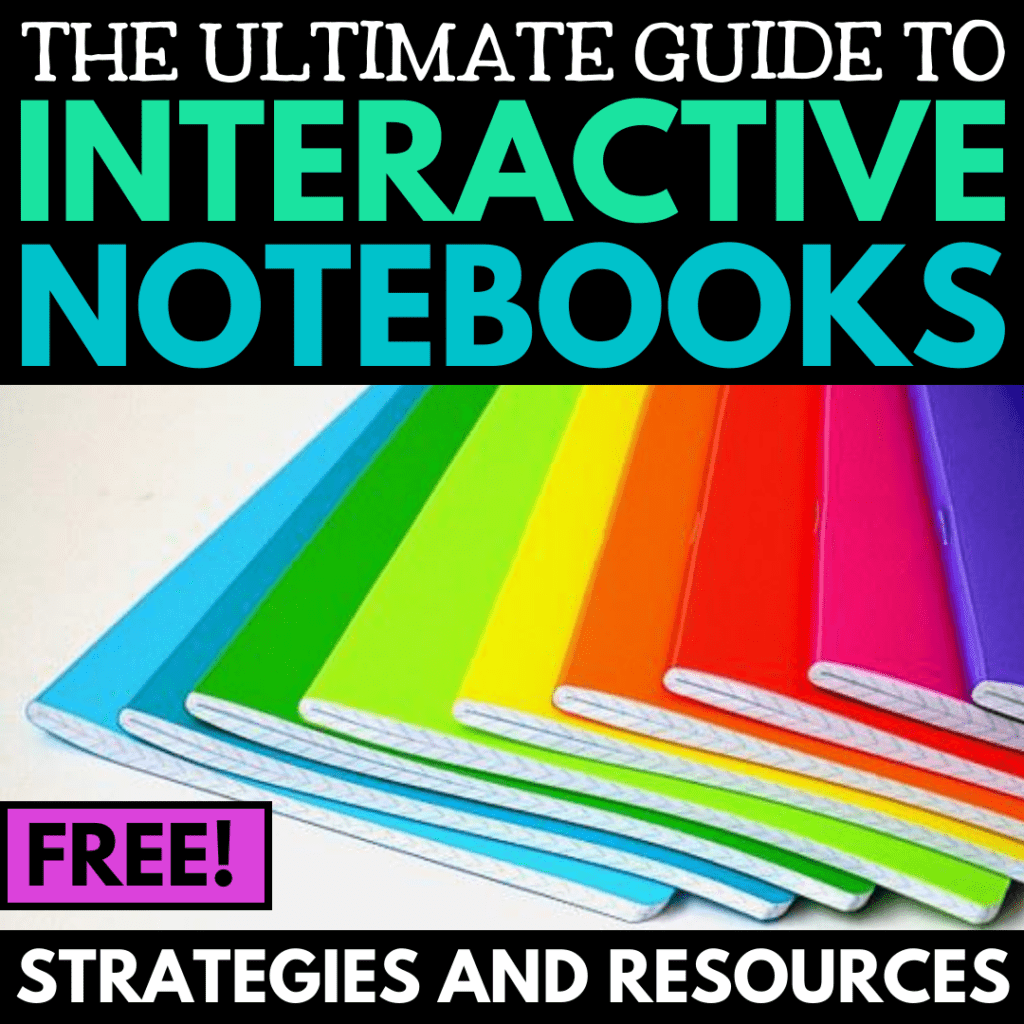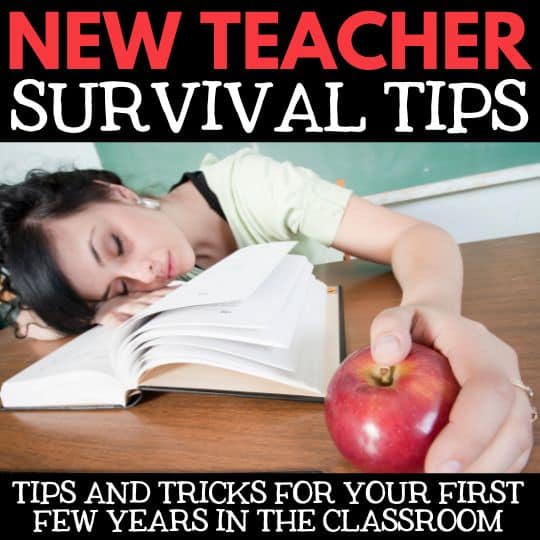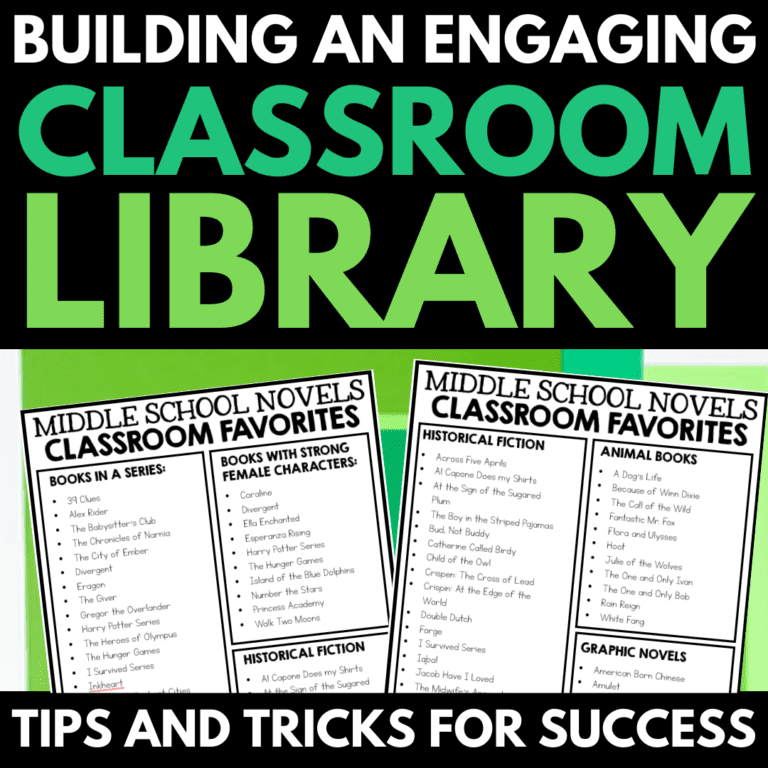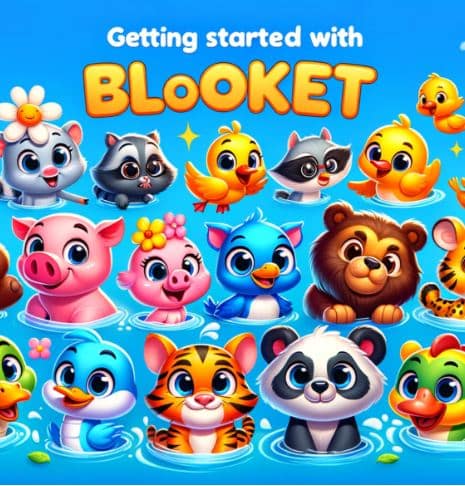What is an Interactive Notebook?
By MARISSA DESPINS Updated April 10, 2024
This is the second post in my series on using Interactive Notebooks in the classroom. After sharing all of my Interactive Notebook tips and tricks in my last post, I had a few people ask: What is an Interactive Notebook? Have no fear – in this post I will discuss what Interactive Notebooks are and why you should use them with your learners.
Looking for some no-prep Interactive Notebook resources that you can use in your classroom? Click on the image or button below to check out all of the resources available in my TPT shop!
What is an Interactive Notebook?
Interactive Notebooks are pretty much my favourite thing to use with my students. We consistently use them to organize and structure our classroom learning. In this post I thought I would share some thoughts on what these notebooks are, and the ways I use them in our classroom. I hope to provide convincing arguments about why you should use them too!
I have seen Interactive Notebooks called many things – Reader/Writer Notebooks, Interactive Student Notebooks, Response Journals, etc. Call them what you will, they are essentially a notebook of some sort that is used to record information. The key is in the “interactive” part. This makes then fun and engaging. They are a hit with students of many different age groups. Basically, these notebooks allow students to take information supplied by the teacher, and merge it with their own thinking. These engaging notebooks are a place for students to not just house their work. In addition, they can use them to reflect, practice, and demonstrate their learning.
Looking for more reasons why you should use these notebooks with your learners? Check out these top benefits!
What kinds of things do I have my students put in their notebooks?
Just about anything that will fit! Interactive Notebooks are great places to record learning in a wide variety of ways. This makes them easy to differentiate for a wide variety of learners. This type of notebook can really help teachers plan lessons that reach a range of learning styles and student abilities. In addition to class notes, we often include things like foldables, one pagers, and worksheets.
The foldables and activities within the notebook allow students to work with information they have spent time gathering. As a result of working with the content, students are able to develop deeper connections to the content. In these types of notebooks, students are not simply taking passive notes. Instead, students are encouraged to actively “show what they know” by actively applying their knowledge.
Interactive Notebooks help students process information in deep ways. This causes students to personalize the content being presented. Also, they make great tools to help students when reviewing content before an assessment.
For more ideas to help get you started, check out these top notebook tips!
What do the experts say about Interactive Notebooks?
In Classroom Instruction that Works, Marzano, Pickering, and Pollock state “taking notes and summarizing information is a proven thinking strategy that helps to increase student achievement and retain new information”. Providing students with information and then asking them to use thinking strategies to actively interact with it in some way helps the information to stick in their brains. This is much more effective than simply listening to a lecture or taking notes from the board. Creating the foldables and activities within the Interactive Notebooks is effective in increasing student abilities to organize materials. They also help students to connect to class content.
Research has shown that Interactive notebooks are most effective when they are developed by students for students. This means that we as educators must take a step back a bit. This can be really hard to do sometimes! However, we need to let our kids drive their learning. As teachers, we are responsible for guiding the learning that is put into the notebooks. This helps build a solid foundation for students. Afterwards, students are able to take the information they have gathered to demonstrate their learning.
I hope I have this has helped clear up any questions you might have about Interactive Notebooks, and that it encourages you to try them in your classroom. I’d love to hear your strategies to make them work for your students – please leave me a comment below and let me know! I look forward to learning alongside you!
Looking for some free resources to get you started?
As promised, I have put together a FREE package of some of my very favourite Interactive Notebook resources. These resources come from a variety of different products available in my TPT store. Click on the image below to download your free Interactive Notebook resources!
Looking for more information on Interactive Notebooks?
Check out some of my previous blog posts below!
Interactive Notebooks: Tips and Tricks
Greek Mythology Notebook Ideas
Benefits of Using Interactive Notebooks
Interested in signing up for my email list?
If you are interested in signing up for my email list, you can do so by clicking on the link below. I periodically send out emails with free resources, teaching tips, and exclusive deals. Signing up will also give you immediate access to some of my best selling Interactive Notebook resources – foldable projects, graphic organizers, and other fun activities.








